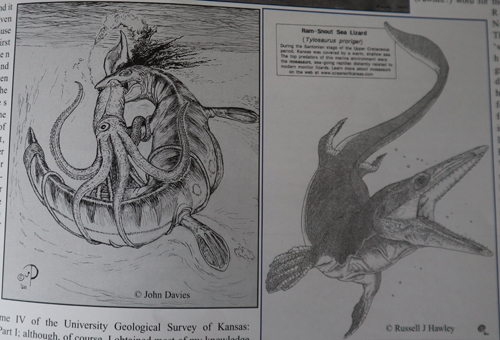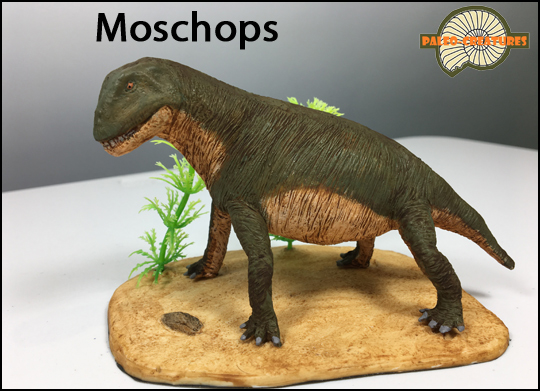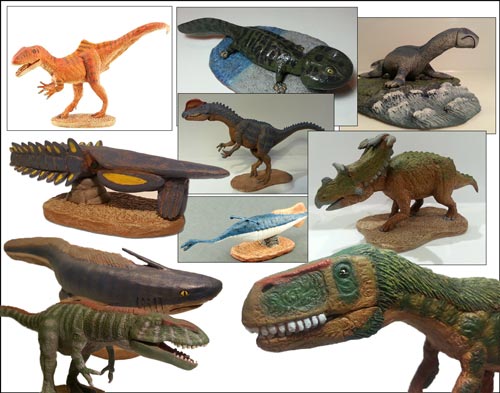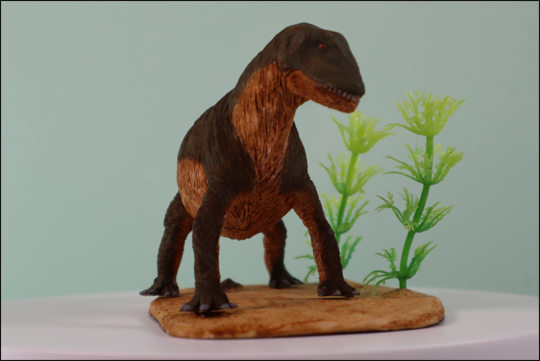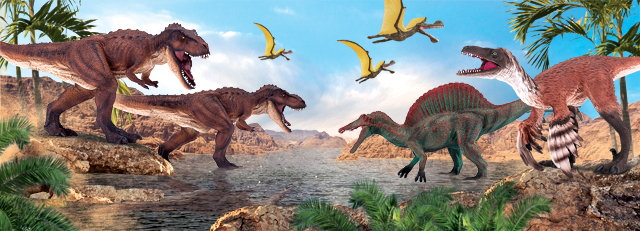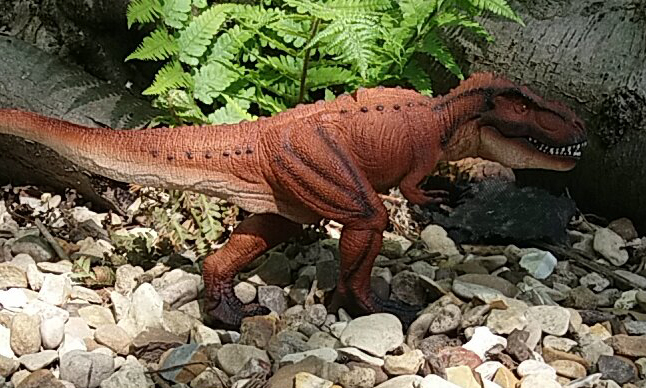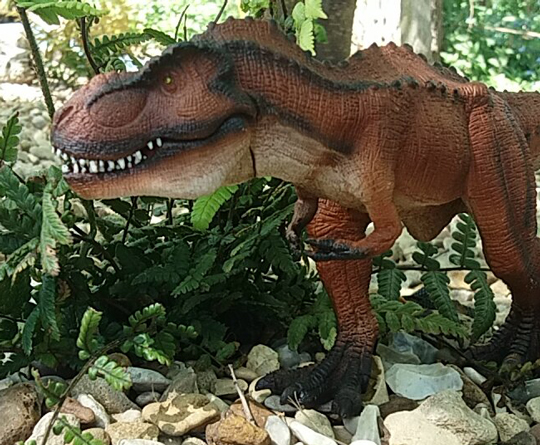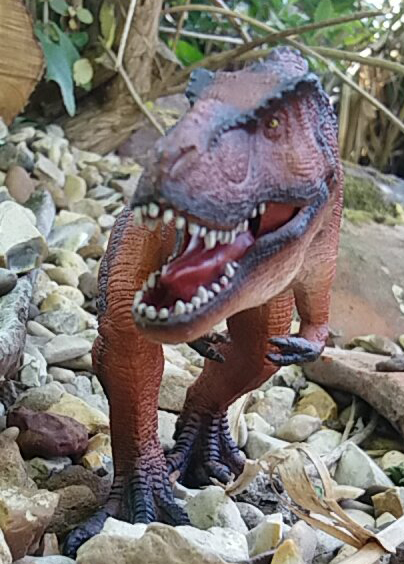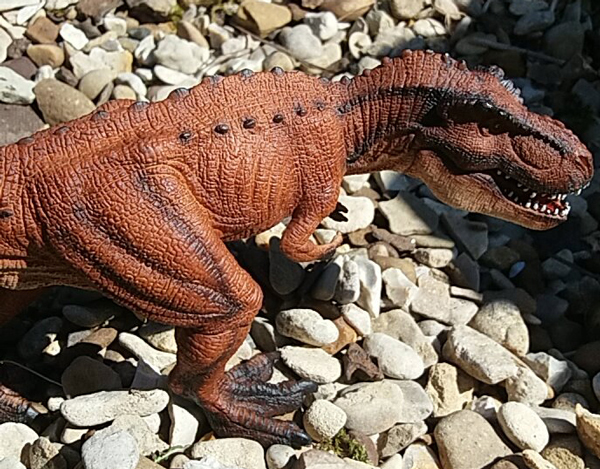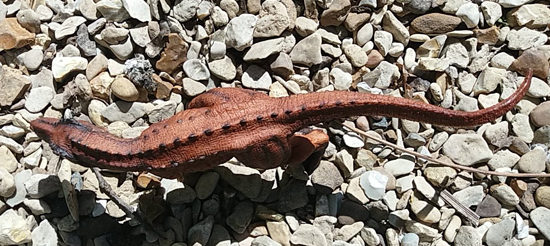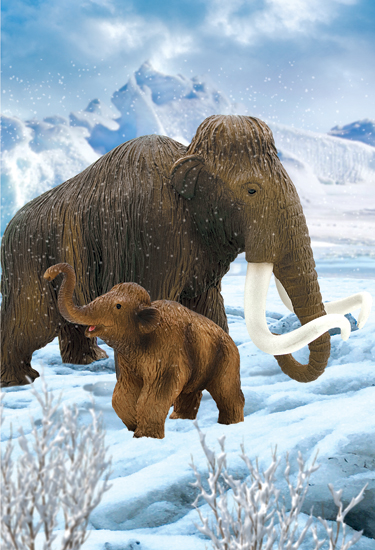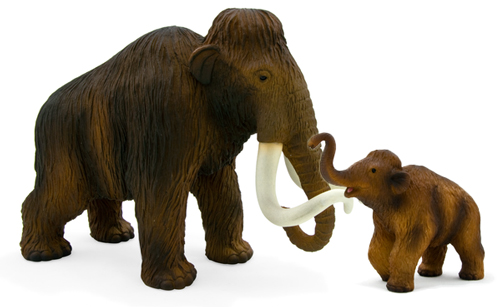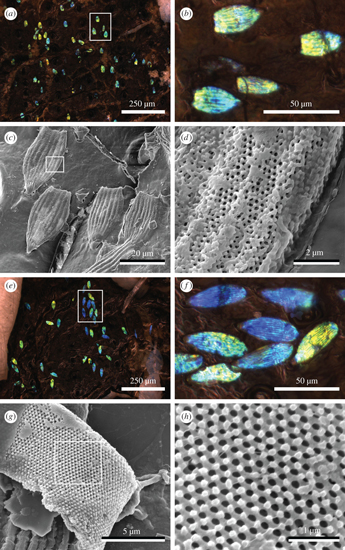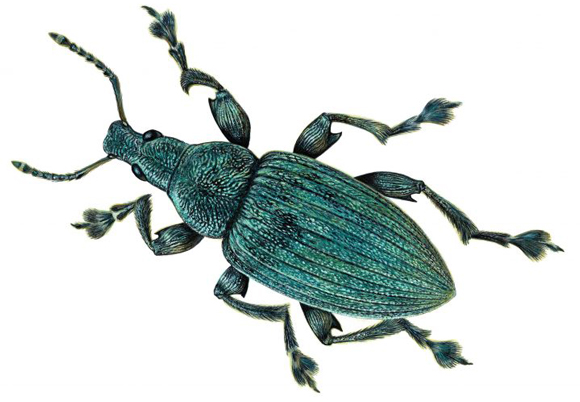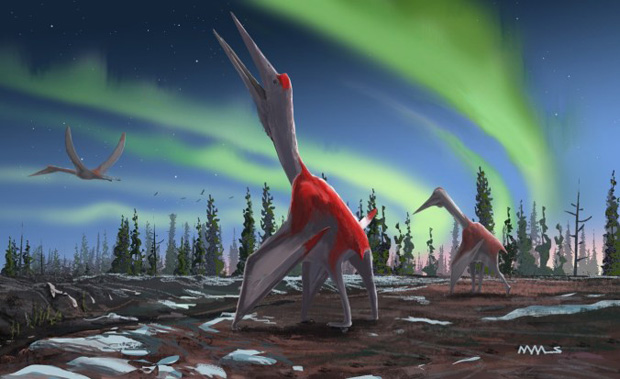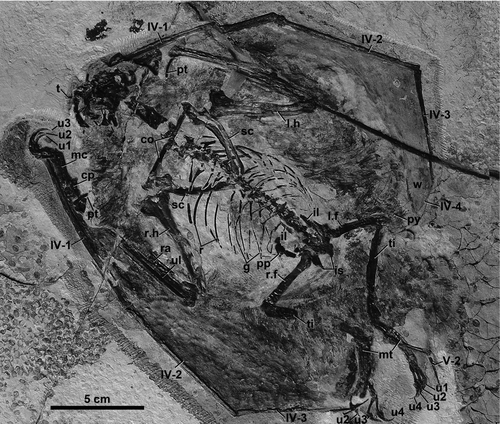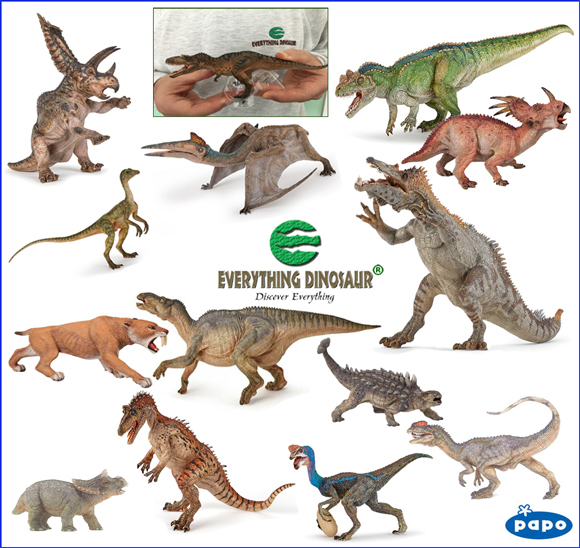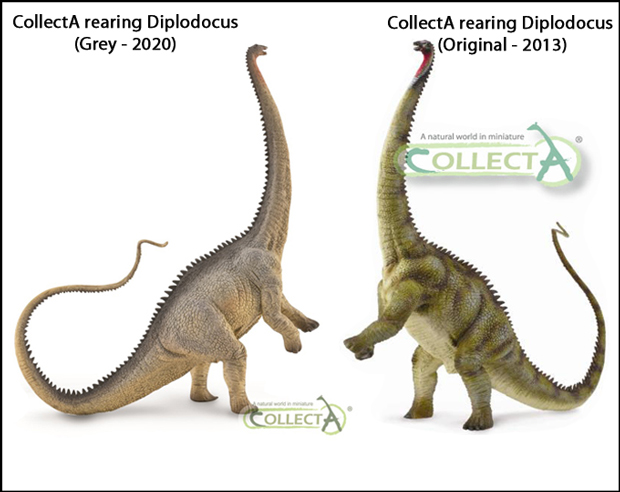New Prehistoric Times Issue 133 Reviewed
Spring Edition of Prehistoric Times Magazine Reviewed
The latest edition of the quarterly magazine for fans of dinosaurs and prehistoric animal figures has arrived at Everything Dinosaur. The arrival of “Prehistoric Times” is very welcome, we note that with much of the world in lockdown (coronavirus), the demand for reading material has increased exponentially. Collectors of prehistoric animal models and figures looking for an interesting and enjoyable diversion are advised to check out this excellent magazine, here is our review of issue 133.
“Prehistoric Times” Magazine
The Front Cover of “Prehistoric Times” Magazine – Spring 2020
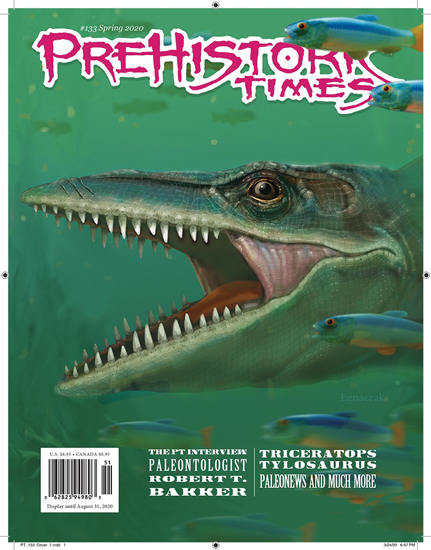
Picture credit: Mike Fredericks
Triceratops and Tylosaurus
The latest instalment in the “Jurassic World” franchise may have stopped production as reported on this blog last month, but the presses at “Prehistoric Times” keep rolling and this edition is just crammed full lots of amazing stories, model reviews, interviews and features. We see that our chum Andy and “Andy’s Dinosaur Reviews” gets a mention – well done Andy, keep up the good work on your YouTube channel. Andy recently reviewed the Rebor Fallen Queen Triceratops and this leads us on to the Triceratops feature by Phil Hore. It is a most interesting and informative read, a chronicle of the history of research into “three-horned face”.
Some splendid reader supplied art is included, special shout outs to Jason R Abdale, John Patterson and Aaron Marsh for their contributions. Phil Hore also produced the piece on Tylosaurus – referred to as the “ram-headed mosasaur”. This is another well-crafted article, with lots of imaginative reader submitted illustrations. Honourable mentions to Mike Landry for his polar themed Tylosaurus illustration and to John Davies who depicts a Tylosaurus grappling with a giant squid.
Lots of Amazing Reader Submitted Artwork to Illustrate the Tylosaurus Article
Picture credit: Prehistoric Times Magazine/John Davies/Russell J Hawley
Corythosaurus and Dinosaur Stamp Sets
The talented Tracy Lee Ford guides us through the differences between lambeosaurines and the Saurolophinae when it comes to illustrating the beaks of duck-billed dinosaurs. His article culminates in a drawing of the head of “helmet lizard”. Jon Noad presents the third part of his series on dinosaur themed stamps from around the world and John Lavas continues his long-running feature on the palaeo-artist Zdeněk Burian, this time the focus is on early birds, expect hesperornithiforms a plenty. A special mention to all those who contributed artwork illustrating the recently described new species of Allosaurus (A. jimmadseni), here’s our blog story about this newest member of the Allosaurus genus: A New Species of Allosaurus.
In amongst the reader art, Randy Knol highlights what’s new in the world of prehistoric animal model figures and discusses his trips to the recent Nuremberg and New York Toy Fairs. Whilst in Germany, Randy had time to catch up with Everything Dinosaur team members as well as to meet Stefan Klein who is creating the exciting range of replicas in the “Wild Past” line. Stefan’s first model – Protoceratops andrewsi is discussed and later reviewed by editor Mike Fredericks as he updates readers on new model introductions from CollectA, Eofauna et al.
The Wild Past 1:35 Scale Protoceratops andrewsi Model
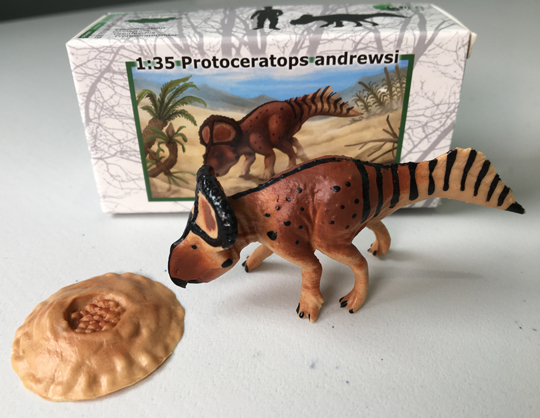
Picture credit: Everything Dinosaur
To view the range of Wild Past figures: Wild Past Figures and Models.
Robert Bakker Interview in “Prehistoric Times”
Look out for the interview with Robert Bakker conducted by Tony Campagna, an article on fake fossils by Allen Debus and the paleo-news section from editor Mike Fredericks along with the “Mesozoic Media” piece which provides details of another publication – “Fantastic Fossils” by prolific author Donald R. Prothero.
The spring issue of “Prehistoric Times” is jam-packed with fascinating features and amazing articles, there is even a piece on the Starlux model collection of yesteryear and a heady mixture of cowboys and theropods with a reconstruction of the iconic predator from the 1969 movie “The Valley of the Gwangi”.
For Andy’s Dinosaur Reviews on YouTube: Visit Andy’s Dinosaur Reviews.
To subscribe to the quarterly magazine “Prehistoric Times”: Subscribe to Prehistoric Times Magazine.
Visit Everything Dinosaur: Everything Dinosaur.


